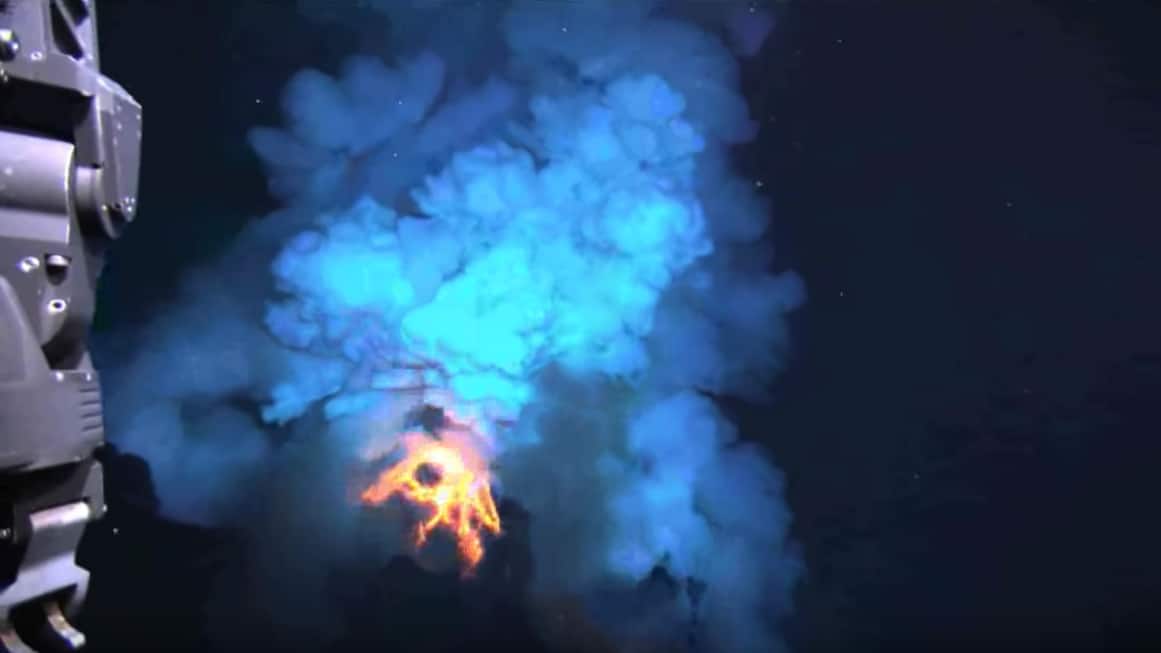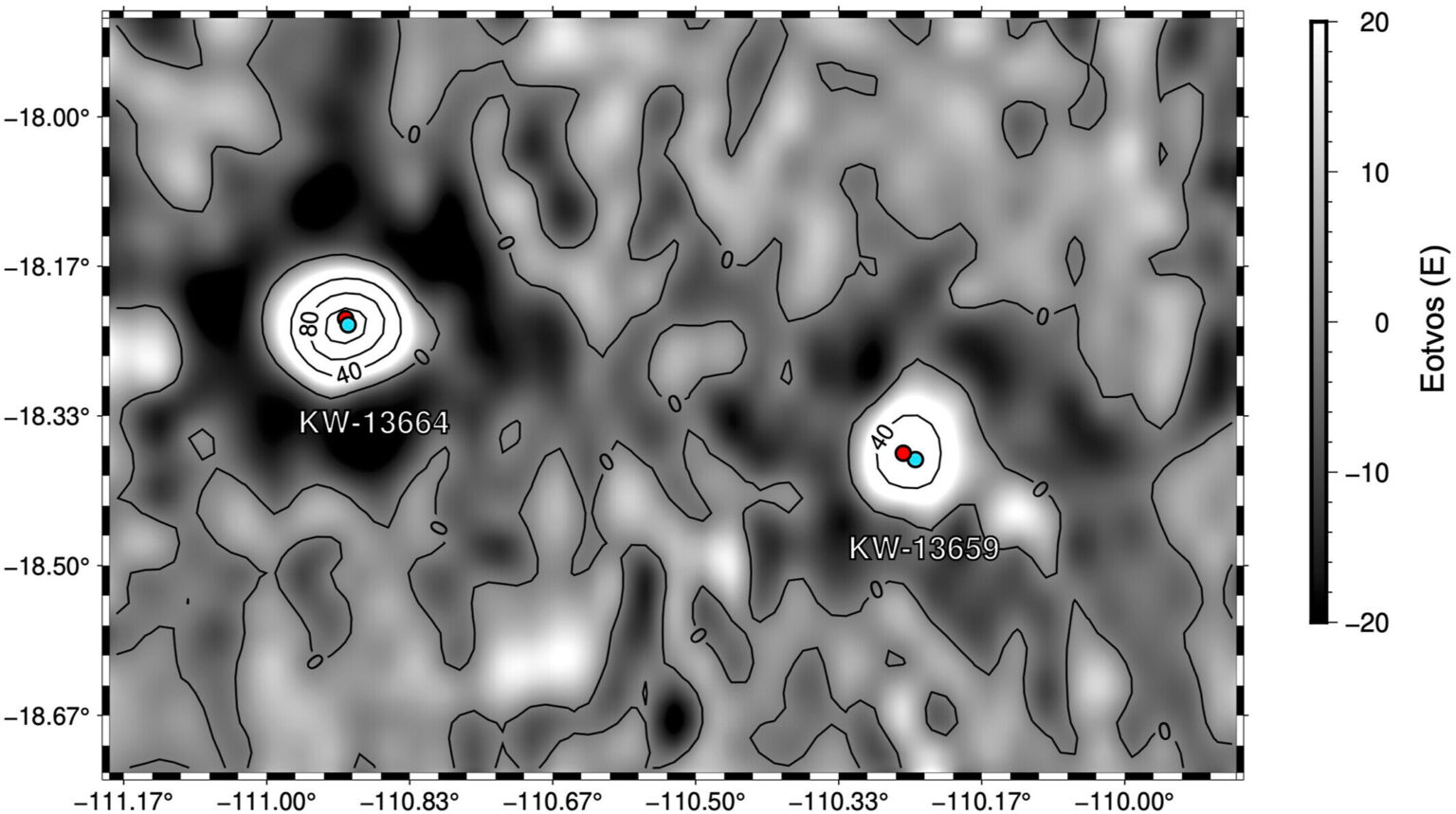Most of the earth’s oceans still remain unexplored. In a new study, scientists used radar satellites to find underwater volcanoes. There were about 19 thousand of them.

Radar satellites and underwater volcanoes
Scientists from a number of universities have studied the relief of the seabed using satellites. They wanted to cover as large areas as possible and find more seamounts that were formed as a result of volcanic activity. For this, they used satellites on which synthetic aperture radars (SAR) were installed.
SAR satellites can easily distinguish objects on the Earth’s surface even at night, during fog and even when everything is covered by clouds. However, even they cannot break through the ocean water and find out what a similar bottom is like.
But they are able to measure the level of the ocean with an accuracy of millimeters. And it is influenced by an effect called a sea mounding. It lies in the fact that mountain ranges under water create a gravitational anomaly, which is very weak, but affects the water in this place.
Thus, it is possible to detect mountains under the surface of the ocean. Thanks to their research, scientists have learned about the existence of 19 thousand previously unknown underwater volcanoes. This discovery entails a number of quite important consequences.
Why is the discovery of underwater volcanoes so important
The bottom of the Earth’s World Ocean is less studied than the surface of the Moon. Even simple mapping is done for only a quarter of its surface. And it is no less diverse than land. In particular, mountains are found on it just as often.

The mountains on the ocean floor are divided into two very different categories according to their origin and shape. Some of them are formed as a result of collision of lithospheric plates. They form huge massifs that stretch across all the seas and are quite well studied.
However, there are also enough mountains on the seafloor, which are formed as a result of volcanic eruptions and are usually located singly. They are still practically not mapped and this can lead to bad consequences. Over the past few decades, American submarines have twice narrowly prevented a collision with them.
A new study makes scuba diving safer. In addition, it has now become possible to more accurately simulate underwater currents on the ocean floor, because the relief strongly affects them. For example, when a cold deep current crashes into a mountain, its waters are pushed up. And they begin to influence the events on the surface.
According to phys.org
Follow us on Twitter to get the most interesting space news in time
https://twitter.com/ust_magazine

